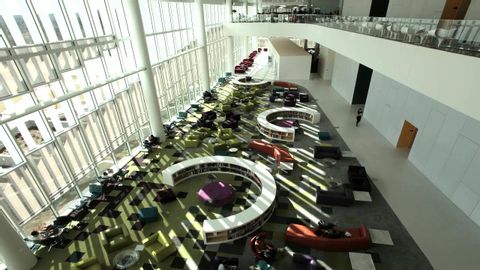獵奇圖書館的故事 (The Hunt Library Story)
Hhart Budha 發佈於 2021 年 01 月 14 日  沒有此條件下的單字
沒有此條件下的單字- n. (c./u.)平均的;方法
- v.t./i.意思是;想要;意思是;重要
- adj.出色的;刻薄的;吝嗇的;平均的;簡陋的
- n. (c./u.)通道;接近或使用的機會;訪問
- v.t.訪問
- v.t./i.存取(資料);訪問
- n. (c./u.)人;人們;人們;家人;員工
- v.t.居住
- n. pl.人們
- n. (c./u.)州;狀態
- adj.政府的;州的
- v.t.陳述,說明,聲明

